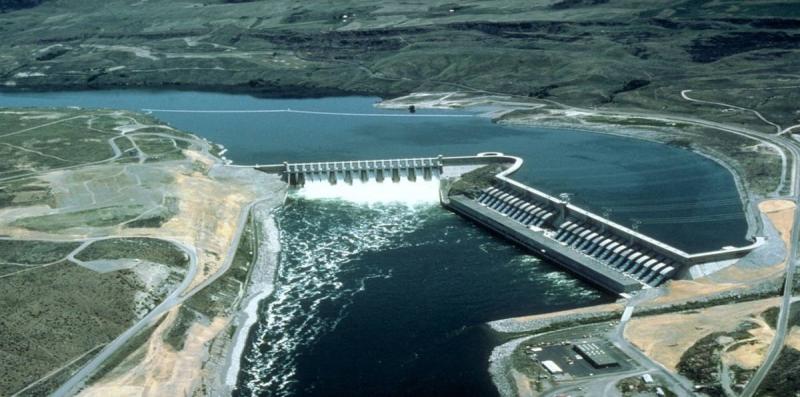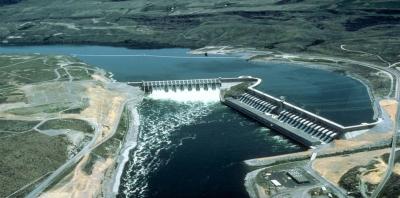A high-level Sudanese committee has approved a proposal from the negotiating team for the Grand Ethiopian Renaissance Dam to transform the current negotiation mechanism into a quadripartite format that includes the African Union, the United Nations, the European Union, and the United States.
According to Al Arabiya, the committee emphasized its rejection of Ethiopia's plan to proceed with the second filling of the dam's reservoir before establishing a joint coordination mechanism between the countries. After negotiations among the three countries stalled in mid-last year, the African Union formed a committee of experts to monitor the negotiations; however, following the failure of several rounds of talks recently, Khartoum called for a greater role for African Union experts in bridging differences to avoid prolonging the negotiations. Sudan appeared to be increasingly unconvinced of the effectiveness of the African-led solution alone, as its new proposal suggests that the four parties take on the role of mediators and facilitators in the negotiations rather than merely observers.
Ethiopia recently announced its intention to begin the second filling of the dam's reservoir in July; however, the Sudanese government confirmed its rejection of this move without reaching an agreement on information exchange, asserting that it poses a direct threat to the Rosiers Dam and, consequently, to irrigation systems, electricity generation, and drinking water stations along the Blue Nile and the main Nile, which jeopardizes Sudan's national security.
Since 2015, Sudan has engaged in negotiations with both Ethiopia and Egypt to reach a binding agreement regarding the dam, which Ethiopia is building just 15 kilometers from the Sudanese border, increasing risks for Sudan in the absence of a joint coordination mechanism between the two countries. Sudan has affirmed that its position on the Grand Ethiopian Renaissance Dam revolves around fixed concepts aimed at reaching a binding agreement that includes a robust coordination mechanism to maximize the benefits of the dam and prevent any potential harm to Sudan due to the operation or filling of the Ethiopian dam.
Sudan asserts that it seeks to achieve an agreement that reduces risks related to environmental aspects or those related to the safety of the Rosiers Dam, which is located about 100 kilometers from the Ethiopian dam, in addition to maximizing expected benefits, which include regulating the flow of the Blue Nile and thereby reducing the risks of annual floods that Sudan suffers from and achieving the utmost benefit from water in agricultural production. Sudan insists on the necessity of reaching a robust coordination mechanism that ensures no harm occurs to its dams located on the Blue Nile in the event of unilateral filling and operation of the Grand Ethiopian Renaissance Dam, estimated to cost about $5 billion and expected to be one of the world's energy giants with an annual production capacity of 6,000 megawatts.




